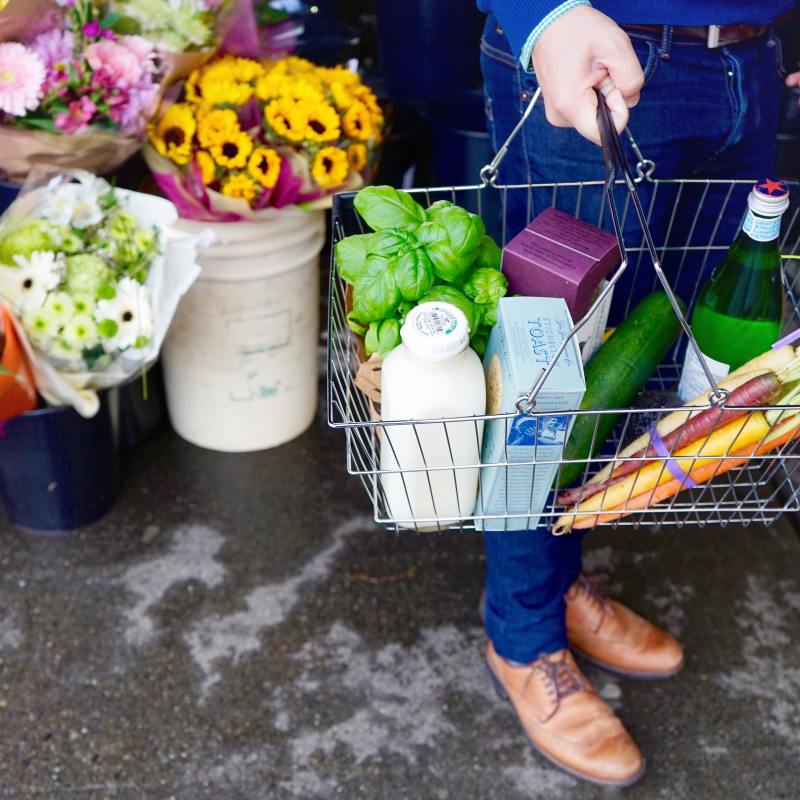Unless you’re one of those truly exceptional people who live entirely off the land, growing and harvesting your own fruit and vegetables, tending to your organic farms and animals, chances are you spend a good portion of your time at the grocery store. And while grocery stores carry a plethora of food items that claim to be healthy, unfortunately, in many instances, this just isn’t the case.
Try as we might to feed our bodies the best quality ingredients, packed with nutrition and vitamins, it turns out that about 73 percent of the U.S. food supply is ultra-processed, according to recent research from Northeastern University’s Network Science Institute. This means that about three-quarters of the food available to us through grocery stores is made mainly with added fats, starches, sugars, and hydrogenated fats. Oftentimes, also containing additives like artificial colors and flavors or stabilizers.
Of course, not all food processing is created equal. Certain processes are beneficial for increasing access to a wider public. Canning, freezing, fermentation, and vacuum-sealing are all tremendously helpful in aiding to preserve and spread healthier foods to a larger audience. Unfortunately, though, most of the foods researched scored high marks in ultra-processing, which strips foods – even healthy ones – of many of their natural vitamins and minerals.

For their research, the team created the publicly accessible TrueFood database, which compared the degree of food processing of thousands of popular items. Each item receives a score that is based on additives and secret ingredients. To find that 73 percent of foods is overly processed was disheartening, to say the least.
Giulia Menichetti, Senior Research Scientist at the Network Science Institute at Northeastern University, and senior author of the papers was stunned by the results, telling Food Tank, “It surprised me how a considerable amount of highly processed food is mistakenly considered healthy because the public narrative still focuses on one nutrient at a time, instead of evaluating food as a whole.”
This is incredibly frustrating for those who are truly trying to do their best for their bodies and eat a healthful diet. It seems between confusing nutrition labels and the enormity of overly processed foods, would-be healthy eaters just can’t win.
The glimmer of hope, though, is that through research like this, the ball can start to roll as far as future change for the better. “According to my preliminary studies, while these concepts still lack precise quantification, they appear to be the leading factor in explaining how current ultra-processed food negatively affects our health. We need to come up with a mathematical definition of ‘whole food’ versus ‘disrupted food.’” Menichetti said.
With more research like this opening the eyes of the public, there is real hope on the horizon for more easily accessible, fully nutritious food options.



